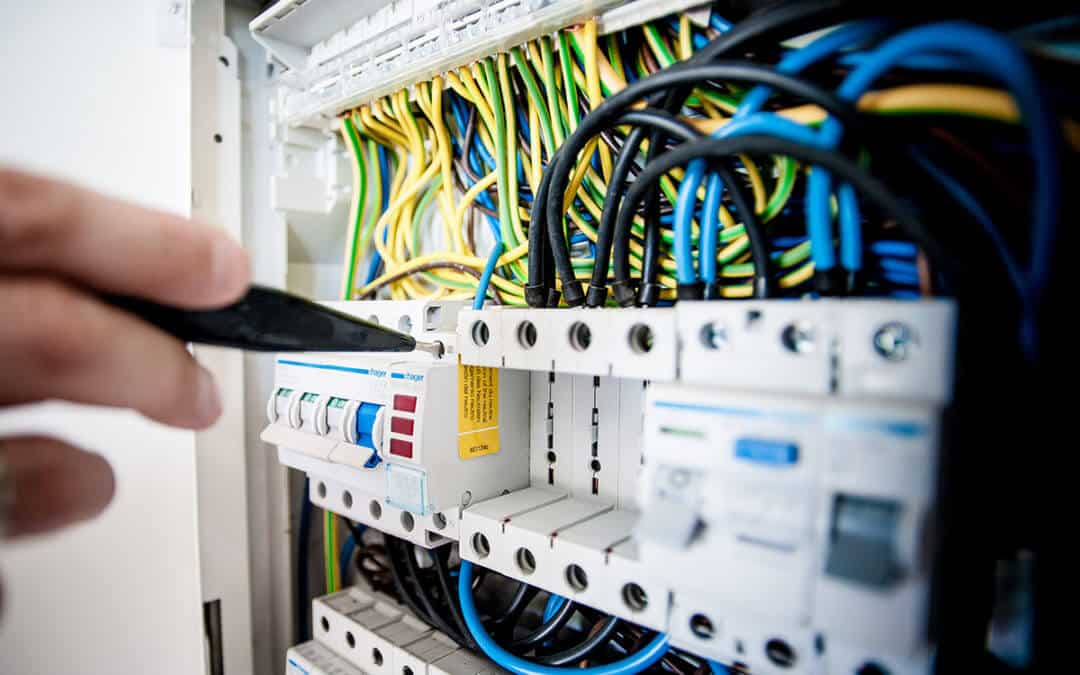Five Reasons Your Network Fails
Can You Afford Extended Downtime?
We live in an increasingly digital reliant age of business, where most small to mid-size businesses can compete at the scale of their larger counterparts. BUT, the affect of downtime hits hard on businesses both large and small. So, the question is, how would you business handle a network outage or loss of internet?
“It’s clear that many organizations settle for sub-optimal network management solutions, thus costing them hours to report and resolve network issues,” said James Bear, president and CEO of Veriflow, a California based software company. So, what are five reasons a network can fail, and how do you avoid them?
1. The “human element”
Human error is a factor in network outages, according to nearly all of the 315 IT pros surveyed (97%.) But how large a role people play in outages varies according to respondents. About half of respondents (52%) reported human error leads to few network failures, while a quarter of them (18% – 25%) find human error leads to frequent or “most” outages. Most important of all the findings, however, may be that just a fraction (3%) of the network pros said they catch and correct human mistakes before downtime occurs.
2. “Incompatible changes”
Another cause of network incidents is changing the configuration without properly evaluating impact prior to implementation. Nearly half (44%) of the survey respondents answered this type of issue happens “several times a year.”
3. “Manual dependence”
Most IT pros polled (69%) rely on manual measures to ensure network performance – e.g., “inspecting devices via the command line interface, inspecting configurations, and performing manual traceroutes or pings.”
4. “Predictive monitoring”
Just 6% of respondents said network monitoring tools predict between 90% and 100% of network performance issues and outages. Another 15% said tools predict 70% to 90% of network problems, and 13% said tools predict 50% to 75% of those glitches. The rest of the respondents said that monitoring tools predict less than half of all network bugs.
5. “Resolution time”
Few IT pros in the survey said the time necessary to detect and resolve a network issue once reported to them is less than an hour. Most replied that the process takes longer – anywhere from one to five hours.
For a big company with a large IT staff and commensurate budget, accepting a “suboptimal” solution for network management may be only a matter of lost productivity, which may or may not fall to the bottom line. But for many businesses, frequent, prolonged network outages can have implications greater than inefficiency. For retail organizations with a high proportion of e-commerce revenue, downtime can mean lost sales. For financial services firms, outages can delay time-sensitive transactions. For healthcare providers, sluggish network performance can lengthen wait times for patients, leading to caregivers seeing fewer patients. In this case, the consequences can be twofold – reductions in the quality of care and revenues from payers.
Regardless of size, most businesses don’t settle for sub-optimal internal solutions. Instead, they engage IT Managed Service Providers (MSPs) like ANAX that specialize in remote monitoring and management – not only for networks, but desktop computers and mobile devices, too. Our team of IT Services experts can create custom IT Solutions for your business, no matter the size.
Call us (702) 478-9000 or message us HERE to schedule a consultation today!



Recent Comments